|
Heidi Quante and her colleagues visited the Florida Everglades and the Miccosukee Indian Reservation today.
Heidi is working with the High Water Line Project to visualize Climate Change. They are gathering perspectives on how Rising Sea Levels are going to impact Miami and the residents of South Florida. I look forward to sharing more info with you as I continue my discussion with them. The photo was taken next to the Chickeechobee -- the seat of power and authority for the Miccosukee Tribe of Indians of Florida where the Miccosukee General Council meets seasonally to discuss matters that are important to Miccosukee Sovereignty. Learn more about the High Water Line Project by visiting their website. 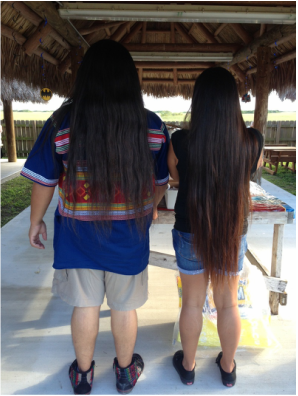 PANEL DISCUSSION -- DIVERSITY IN CONSERVATION The Tropical Audubon Society (TAS) recently addressed the "color" problem when it comes to engaging the public in environmental activism, namely that those involved in these matters tend to be "old & white." Today I attended the TAS Environmental Leadership Workshop, held at the Deering Estate, as a Guest Speaker on their panel "Diversity in Conservation." I was joined on the panel by Sonia Succar Ferre, Environmental Scientist & Social Entrepreneur; and Kamalah Fletcher, Community Prosperity Director at Catalyst Miami; panel moderated by Celeste De Palma, Education & Outreach Coordinator for TAS. I appreciate that Laura Reynolds, TAS Executive Director, is open to advancing the dialogue between disparate positions and views, especially when it comes to an environmental matter that is as contentious but so integral to the lives of so many South Floridians: the Florida Everglades. Celeste opened up the discussion by asking the audience what they associated with the word "diversity." -- inclusion; uniqueness; all ages; gender; race; animals; plants. We talked about what keeps those of us involved in this work personally engaged. Some of the audience felt that events like this could be considered "preaching to the choir." One gentleman from the audience identified some important factors contributing to the monochromatic face of environmental activism include:
The audience brought up the implications of Environmental In/Justice and how some of the poorest communities of Miami are struggling with living in the areas that are featuring the most pollution. We wrapped up the discussion as the audience reflected on their own experiences growing up in Caribbean settings. They explored the link between caring for the environment and how that contributes to their own commitments to preserving cultural traditions. KEYNOTES -- EVERGLADES FOUNDATION ON CEPP, AND DOVER-KOHL ON CONNECTIVITY IN CITY PLANNING Wetland Scientist Steve Davis with Everglades Foundation spoke about the next series of projects associated with the Central Everglades Planning Project (CEPP). I was happy that much of the information that he was sharing was a Scientific Perspective on a message that the Miccosukee Tribe has been saying for years -- but our message is based on firsthand observation with emphasis on the genocidal consequences of this environmental problem. But, Steve's message was incomplete and needed to be challenged. What about the L-28 Interceptor Canal? Steve Davis talked about his discussions with the Decision-Makers who tend to look at the situation in terms of "Short Term" and "Long Term" projects. When asked what can be done in the Short Term, Steve tells them that the best thing to do in the Short Term is to start planning for the Long Term. He said that the L-28 Interceptor Canal is not even being discussed for the Long Term Scenario either. This is problematic. The L-28 Interceptor Canal is an unimpeded stream of extremely high Phosphorus which comes from the Western Basin of the Everglades Agricultural Area and dumps the load directly onto the Miccosukee Federal Reservation. The image above shows in stark contrast how much the terrain is being altered. The bright green represents changes in flora. The light brown is what the terrain SHOULD look like. By soaking the land, it becomes nearly impossible to remove the Phosphorus. Much of Steve's discussion was centered around how water flows will be increased and returned to a semblance of the natural flows of the waters. But what he failed to mention was the increased pressure this will cause on the system to flow water through -- thereby sucking more High Nutrient Water into Miccosukee areas. What I also appreciated about his presentation was the graphic display of the loss of tree islands. His limited scientific view, though, necessarily omits the cultural component. All those lost tree islands means lost Miccosukee villages. As for Dover-Kohl on Smart Growth, Urban Connectivity and City Planning -- the Seven 50 plan -- it seemed like a very interesting redesign of city areas and transportation needs. But this presentation goes back to the need to include a diversity of opinions and communities in the planning process. A woman representing Overtown asked, "How are minorities and black women like me going to be included in the planning process?" DAY 2 -- SPEECHES & WORKSHOPS -- DEERING ESTATE 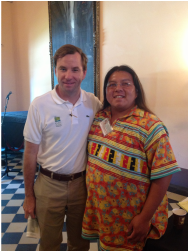 Eric Eikenberg (at left), CEO for Everglades Foundation spoke with the group on the morning of the 2nd day about CEPP and what the lobbying process is like. We also got some insight on Advocacy 101, and advice for developing campaigns. In the afternoon, I attended a session on "The Written Word & Social Media," featuring Curtis Morgan from the Miami Herald, as well as Naomi Ross, Social Media Expert, and a gentleman from the Miami Foundation. This was my favorite workshop because it really walked us through the process of crafting our message, developing our message, and helped us to develop a strategy and tactics for achieving our goals. CONCLUSION This was a noble first effort by Tropical Audubon Society at providing leadership training for people interested in Environmental Advocacy. A little long-winded when it came to speakers and lectures. I wish it was more interactive by including more hands-on workshops. As for the "color" problem, it's good that TAS is doing the work of addressing this lack of diversity, but there's still much more they can do. I look forward to working with them on that effort under the auspices of my own non-profit: LOVE THE EVERGLADES MOVEMENT. In a cozy little restaurant located just north of the downtown area of West Palm Beach -- MALAKOR THAI CAFE -- Otter Vision had a thrilling brainstorm session with Mary Jo Aagerstoun of EcoArt South Florida. Crunchy, veggie "Money Bags" appetizers; spicy, green curry sauces; lobster Pad Thai -- a heady potpourri of aromas fueled a lively discussion on some of the most important, but overlooked, environmental problems plaguing South Florida and the Water Conservation Areas where the Miccosukee Tribe make their homes. Mary Jo explained the scope and breadth of her visionary mission: to empower communities in the various watersheds of Florida to initiate integral projects that offer multidisciplinary solutions to the environmental problems of the region. Of particular concern at this business lunch meeting was the problem of the L-28 Interceptor Canal -- a direct line from the Western Basin of the Everglades Agricultural Area which brings waters high in phosphorus direcly onto the Miccosukee Federal Reservation. These dirty waters are contributing to changes in flora and fauna which simply can not be fixed without switching to a Geological Time Period. This is why it's so important to stop this high phosphorus runoff now. -- and this doesn't even touch on the negative impacts on the Miccosukee Way of Life. If you look at the area where the L-28 Interceptor dead-ends on the Miccosukee Federal Reservation, you can see how much the terrain has changed as a result of this polluted runoff.
What should be sawgrass plains has converted to a dense vegetation of cattails and other plants. These changes in the environment block access to Miccosukee Villages and make it difficult to practice ceremony, customs, and a unique Way of Life. Robin Haines-Merrill of the Upper Room Art Gallery brought her experience to bear on the discussion. And Geovanny Perez brings a Sociological gaze that is very astute in analyzing the consequences to Environmental Justice. We wrapped the discussion over a delicious Sticky Rice dessert, and promised to link up with activist-artists that are doing great work addressing the problems of a polluted Lake Okeechobee. Teamwork makes the Dream Work! Last night, at UrbanGro // ecological garden design, we tilled the soil of a backyard nursery in the Miami Design District.
A group of representatives from non-profit organizations shared project updates and requested assistance for upcoming events. Jared Jacobs, of Paradise Key Media, links these young & vital groups together on the 1st Tuesday of every month at his event that combines lively chat, strategic planning, yum-yums & Yoga. These monthly get-togethers features a fun "Social Media Dance" that capitalizes on the well-connected attendees networks across various platforms to expand the reach of the member groups. Jared is an ambitious young man creating an information clearinghouse focused on multimedia projects of all formats that address environmental topics. How fitting that the name of his company is inspired by one of the first places in South Florida to be designated for protection, and is also intimately linked with early struggles for Women's Rights: PARADISE KEY. |
Houston CypressOtter Clan Producer from the Miccosukee Tribe. Two-Spirit Environmentalist working thru the Arts. Archives
March 2016
Categories
All
|

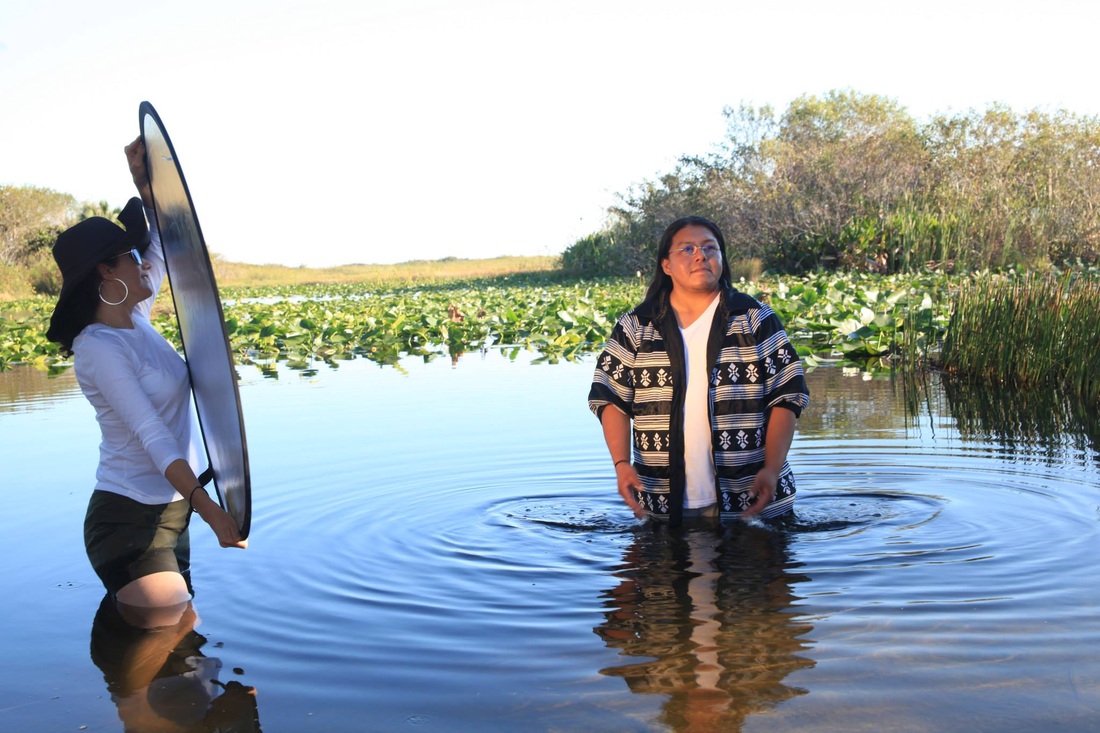
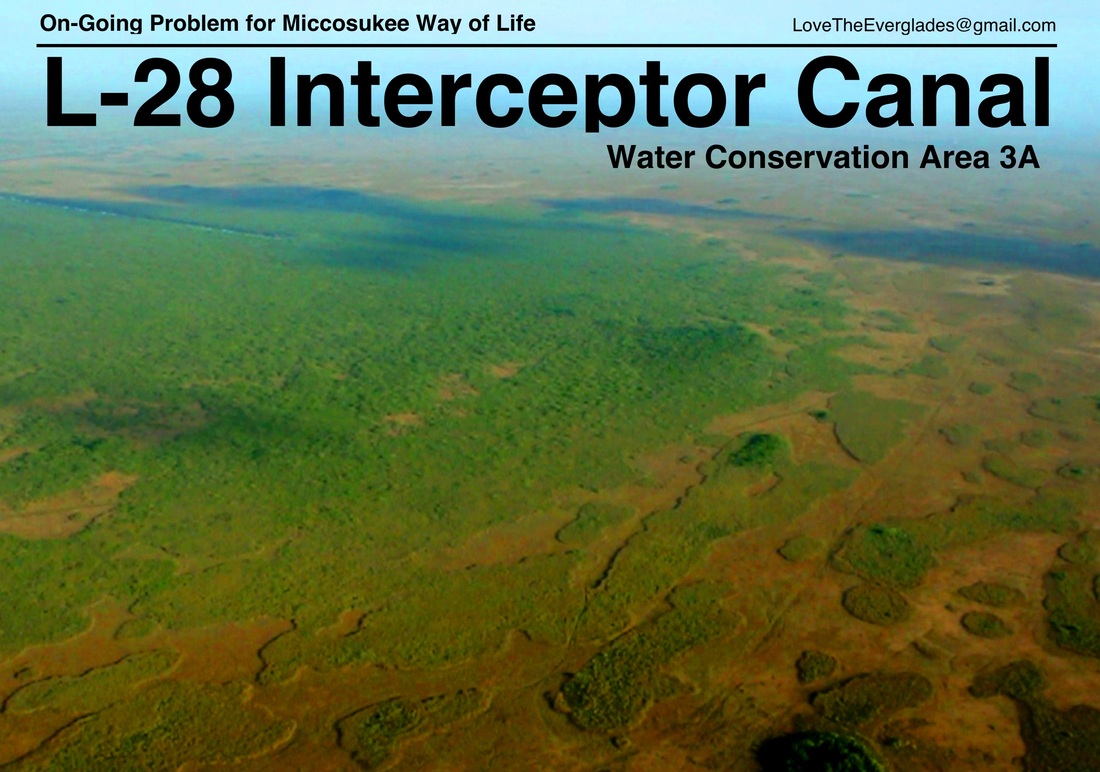
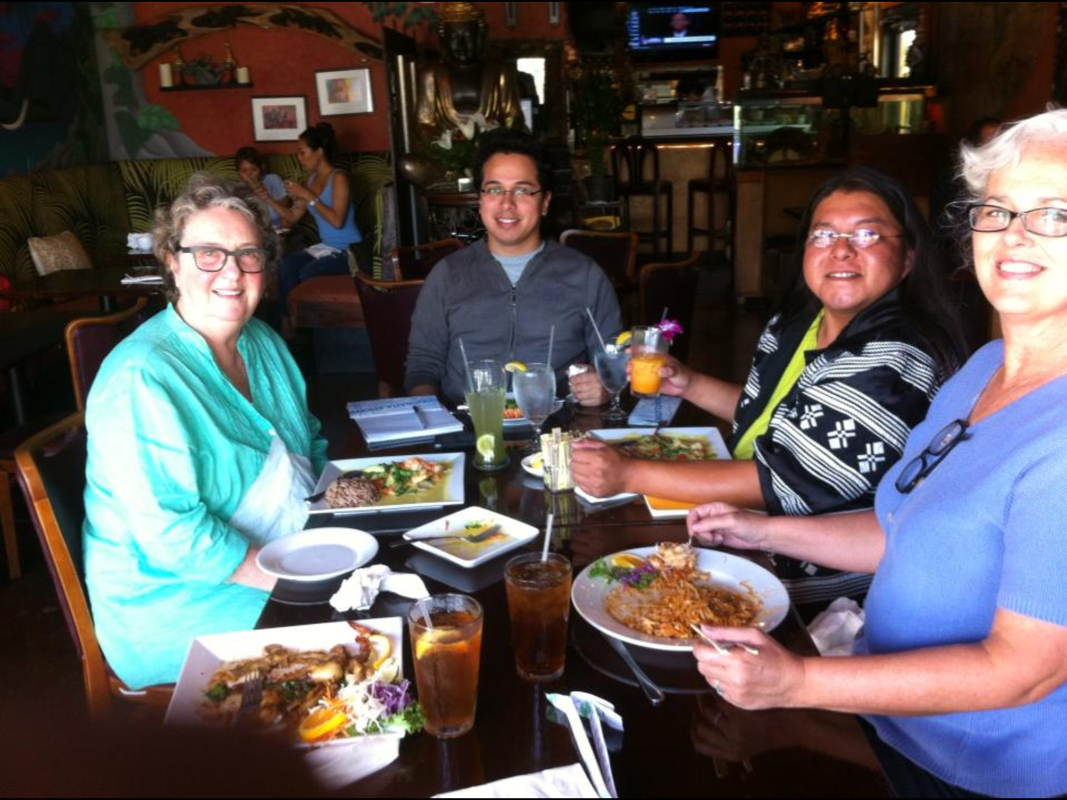
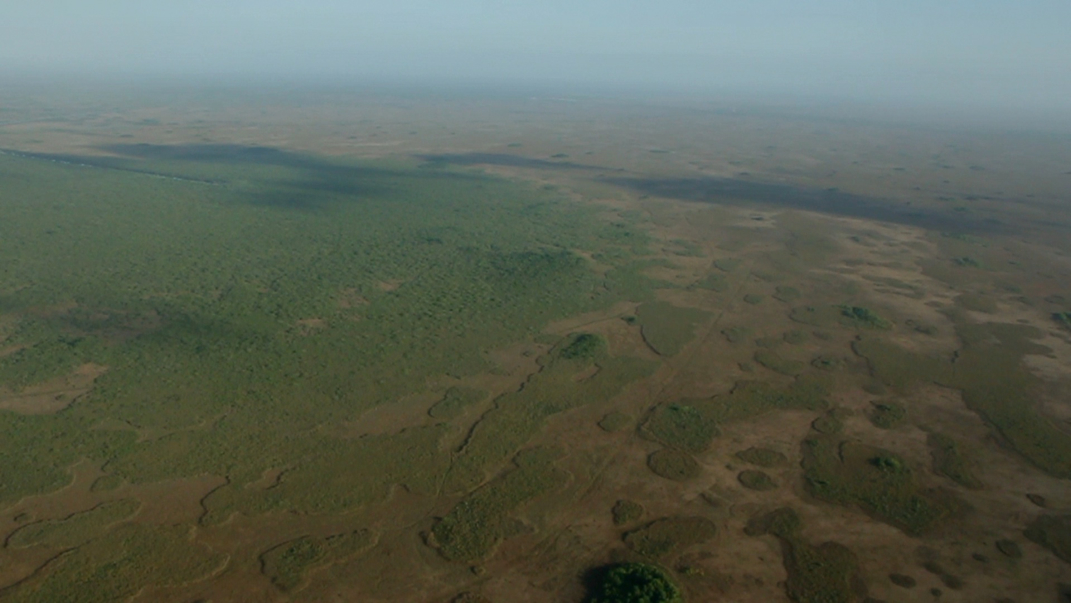
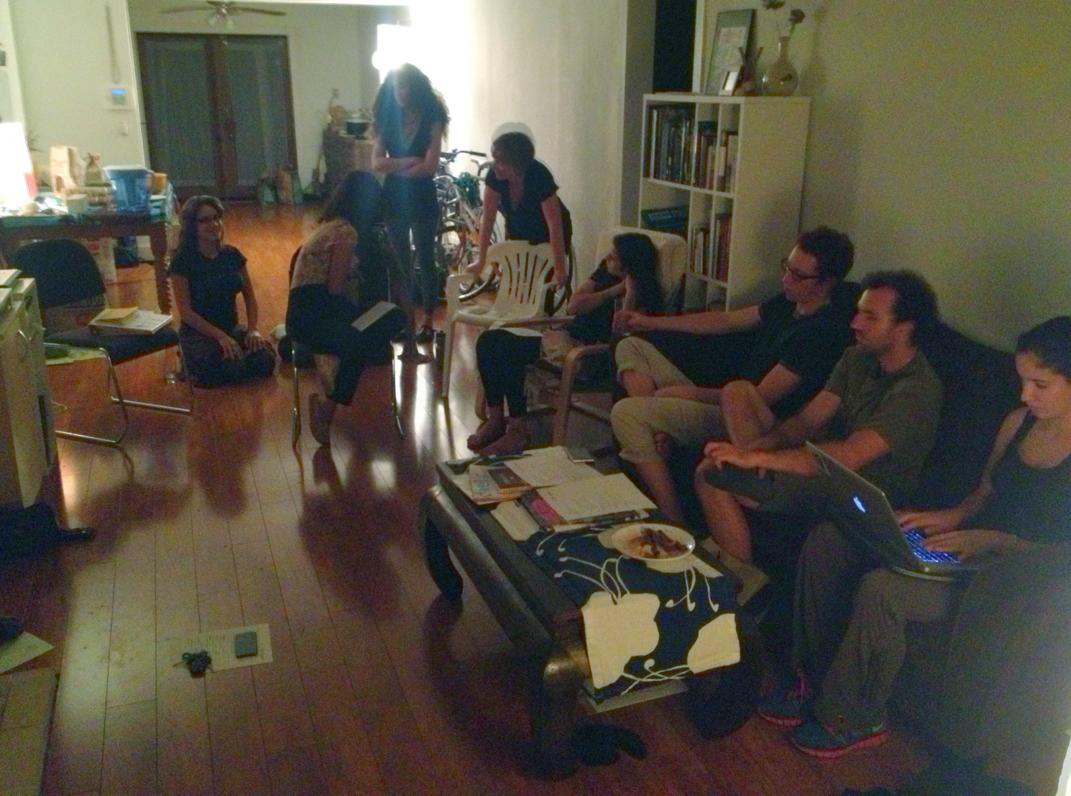
 RSS Feed
RSS Feed